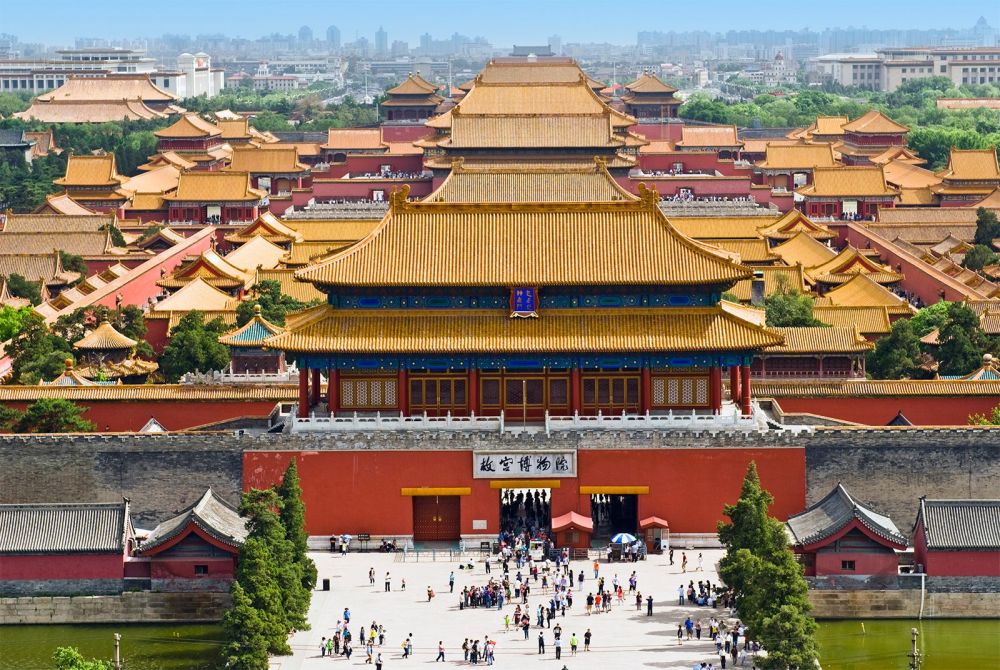

The Forbidden City in Beijing, China, is a monumental testament to the grandeur of Chinese imperial history. As a UNESCO World Heritage Site, it has captivated tourists from across the globe, offering a glimpse into the life of emperors and their courts for hundreds of years. Established in 1420 during the early years of the Ming Dynasty, the Forbidden City served as the Chinese imperial palace until the end of the Qing Dynasty in 1912. With its history spanning almost 500 years, it stands as the world's largest palace complex and covers 180 acres with roughly 980 surviving buildings and over 8,700 rooms.
In the first half of the 20th century, the concept of tourism as we understand it today was not as prevalent. Wealthier individuals, scholars, and diplomats were among the few who traveled to visit cultural sites such as the Forbidden City. It was not until 1925, after the last Emperor of China, Puyi, was expelled that the Forbidden City was transformed into the Palace Museum and opened to the public. This marked the beginning of its tourism history, attracting a domestic and international audience eager to explore its vast halls and intricate architecture.
With the rise of global tourism in the latter half of the 20th century, the Forbidden City started receiving an increasing number of tourists annually. The introduction of travel and tour companies, improved transportation, and China's opening up policies under Deng Xiaoping in the 1980s greatly increased accessibility to this imperial treasure. The Forbidden City soon became a must-see destination for tourists visiting Beijing, symbolizing China's rich cultural heritage.
Today, the Forbidden City is one of the most visited museums in the world, with annual visitor numbers often exceeding 15 million people. Tourists can walk through the main courtyards, marvel at the grandiose architecture, and view an extensive collection of artifacts and artworks from imperial China.
In response to the overwhelming demand, the Palace Museum has implemented measures to protect the site's delicate structures and artifacts. These include limiting daily visitation numbers and launching an online ticketing service. In recent years, there has been a trend towards harnessing digital technology to enhance the visitor experience. Virtual reality tours and online exhibitions now complement the traditional museum experience.
The Palace Museum also continues to lead efforts in conservation and restoration, embodying the principles of sustainable tourism. Future plans include renovating less-visited sections of the Forbidden City and improving the quality of tours and facilities to maintain the site's historical integrity while accommodating growing visitor interest.
The Forbidden City, once the home of empires, continues to enchant and educate in its new role as a modern beacon of cultural tourism, proudly sharing China's past with the world.